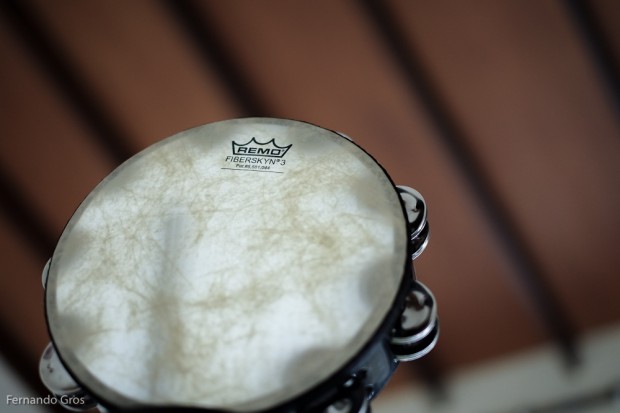Can The FujiFilm X-Pro1 Replace A dSLR
It’s been a couple of weeks since I posted my initial impressions of the new Fuji X-Pro1 camera. I’ve been writing a comprehensive hands-on review. But, there are a few more things I need to understand and a couple of situations I want to photograph in, before I can finish that piece. However, I want […]

It’s been a couple of weeks since I posted my initial impressions of the new Fuji X-Pro1 camera. I’ve been writing a comprehensive hands-on review. But, there are a few more things I need to understand and a couple of situations I want to photograph in, before I can finish that piece.
However, I want to address one question that many people have been asking; can the Fuji X-Pro1 replace a dSLR?
The best answer I can give is – maybe.
Why Do Photographers Buy dSLR cameras?
I’m not trying to be evasive, but, there is a problem in the question. Photographers buy dSLR cameras for many different reasons. Speed, image quality, flexibility, and ergonomics are some of things dSLR cameras have in their favour. But, not all of those matter to every photographer in the same way and to the same degree.
This Is a Camera With Strengths And Limitations
The image quality of the X-Pro1is as good as the best crop-sensor dSLR cameras out there and better than the best dSLR cameras from a few years ago. I’ve been shooting with Fuji’s own 35mm f.1.4 lens and my best images look great, straight out of the camera, with no processing.
But, great image quality is useless if you can’t shoot in focus. The Fuji lens is useless in manual focus mode and the camera’s autofocus system is temperamental at best.
And, there is no news yet on when we will be able to open the X-Pro1’s RAW files in Lightroom or Photoshop!
Moreover, image quality is irrelevant if you miss the moment. The X-Pro1 takes an age to start up and feels slow in general. For example, when you shoot exposure brackets the camera shoots the bracket quickly, but then takes an age to process the images before you can shoot again.
The X-Pro1 does a good job of putting its controls in (relatively) usable spots around the body. Features are less menu-trapped than on many low end dSLRs. It’s a fairly good layout for photographers who shoot in Manual and Aperture modes. There is also an assignable Function button, which I use for ISO. But, it does mean that I then have to dive into the menus to adjust White Balance.
The Joy Of The Hybrid Viewfinder
The X-Pro1 has one huge thing in its favour – the hybrid viewfinder. The X-Pro1 overlays, in a heads-up-display style, a lot of the information you need while shooting and lets you see the image you just shot and the menu all inside the viewfinder. That means you can do everything without having to lift the camera away from your face.
If you watch photographers, a lot of them waste time in between shots lowering the camera and navigating buttons and menus. The X-Pro1 is designed to encourage you not to do that. In effect, it is built to help you shoot like most pros, who rarely move the camera away from their face to make adjustments.
Why I Bought The X-Pro1
I bought the X-Pro1 to go alongside my Nikon dSLR gear, not as an out and out replacement. I will soon move to full frame dSLR for my landscape and studio portrait work. While I can imagine using the Fuji for portraits, in the full review I will explain the reasons why I wouldn’t use the X-Pro1 for landscape.
But, there are lots of situations, especially on day trips and city streets, where a dSLR feels bulky and indiscrete. There’s a lot to be said for carrying a smaller camera that packs the same kind of image quality and creative versatility.
And, since I can use my Nikon lenses (with adapters) on the X-Pro1, it makes a nice slim alternative as a second body on long trips, especially when I’m doing a mix of landscape and street work.
Conclusion
This is not a full review of the X-Pro1. There’s a lot more to be said about the camera’s strengths and weaknesses. But, I hope this goes at least part of the way towards answering whether this camera can replace a dSLR in certain situations.
Ultimately, the answer really depends on what you photograph and how you work. To be honest, I still haven’t made up my mind about the X-Pro1. Some days I like it, some days I don’t. But, if it does turn out to be a keeper, then I will be carrying it instead of a dSLR for some adventures and alongside my Nikon gear for others.




